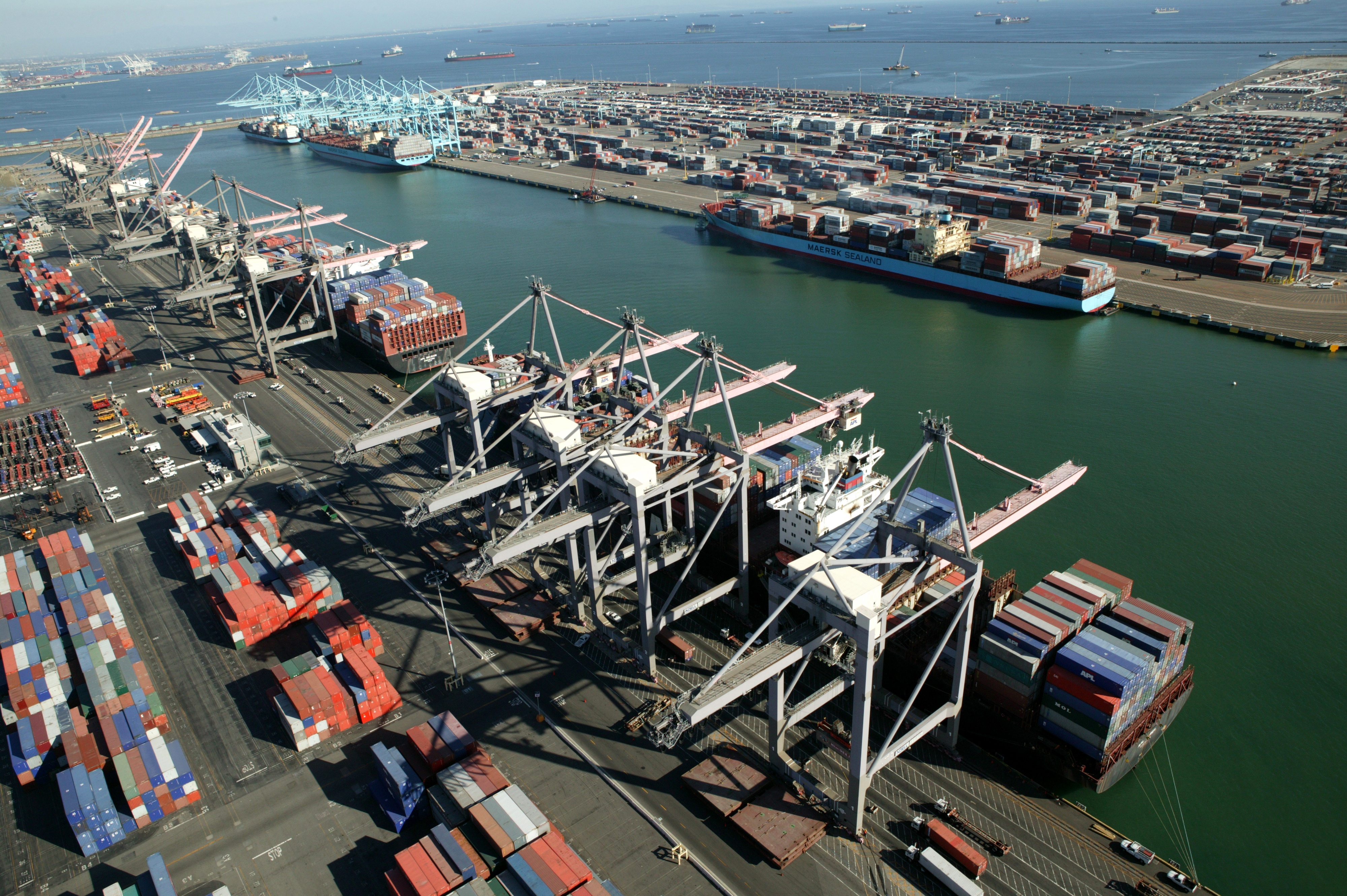Chemical Warehousing 101
Whether you’ve been in the game for years or have just jumped in, you know when it comes to chemical warehousing, a whole new rule book applies.

Aug 27, 2015 / by Weber Logistics posted in Chemical Logistics, Chemical Storage, chemical trucking
Chemical Warehousing 101
Whether you’ve been in the game for years or have just jumped in, you know when it comes to chemical warehousing, a whole new rule book applies.
Jan 21, 2015 / by Weber Logistics posted in Chemical Logistics, Chemical Storage, chemical trucking
Chemical Warehousing 101 – New Primer Available
The rules of warehouse storage for many product types are quite similar. But when it comes to chemical warehousing, a whole new rule book applies.
Dec 3, 2014 / by Weber Logistics posted in 3PL, Chemical Logistics, chemical trucking
You’re not going to choose just any 3PL to store and ship your chemical products. The liability and safety risks associated with hazmat storage and shipping are just too great.
But how can you evaluate 3PLs to ensure you’re working with an expert company that can actually advise you on proper procedures for storage and handling?
Here are three tips for your vetting process. Read our Insight paper for all 7 tips.
1) Look for experience handing the class of chemicals you market.
3PLs that handle one class of chemicals are not necessarily qualified to handle others. For instance, non-regulated chemicals do not require the same stringent storage and handling procedures as flammables, oxidizers, explosives, corrosives, and other hazmat substances. Flammables, for instance, require firewalls and in-rack sprinklers. Make sure the chemical warehouse provider understands the requirements for your class of chemical and has the necessary operating procedures, permits, and physical environment to store and handle such products.
2) Limit transportation miles.
With chemicals, fewer miles are better. For one, hazardous chemical transportation is dangerous, and more miles means more risk. Secondly, transporting chemicals is expensive. Commercial drivers with a hazmat endorsement on their licenses earn 15%-20% more an hour than other drivers. Equipment and insurance costs add to this expense. The location of the provider’s warehouse is very relevant to the goal of reduced miles. Finding a provider that is centrally located to efficiently reach your customer base will reduce your costs and risk. Weber Logistics serves the chemical warehousing needs of many large companies who need a distribution point in California.
3) Choose a partner for present AND future needs.
Too many Requests for Proposals ask only about a 3PL’s ability to address current needs. Instead, you should anticipate your needs well into the future and look for a partner that can satisfy these requirements. This avoids the cost and risk involved in switching providers. For instance, today you may not be moving goods via rail, but you may want to exploit this lower-cost shipping option in the future. In that case, choosing a warehouse with a rail spur is smart planning. Likewise, your need today might be for simple pallet in/pallet out storage and distribution. But what if future requirements involve, for instance, repackaging 50-gallon drums into ten 5-gallon pails? Can the provider handle the job? Does the provider even want to do this kind of work?
For more tips on vetting chemical warehouse providers, read our Insight paper: Chemical Logistics: 7 Tips for Choosing a Partner for Storage and Distribution.
13530 Rosecrans Avenue
Santa Fe Springs, CA 90670
855.GO.WEBER (855.469.3237)
info@weberlogistics.com
a  Capital Management
Capital Management
Portfolio Company